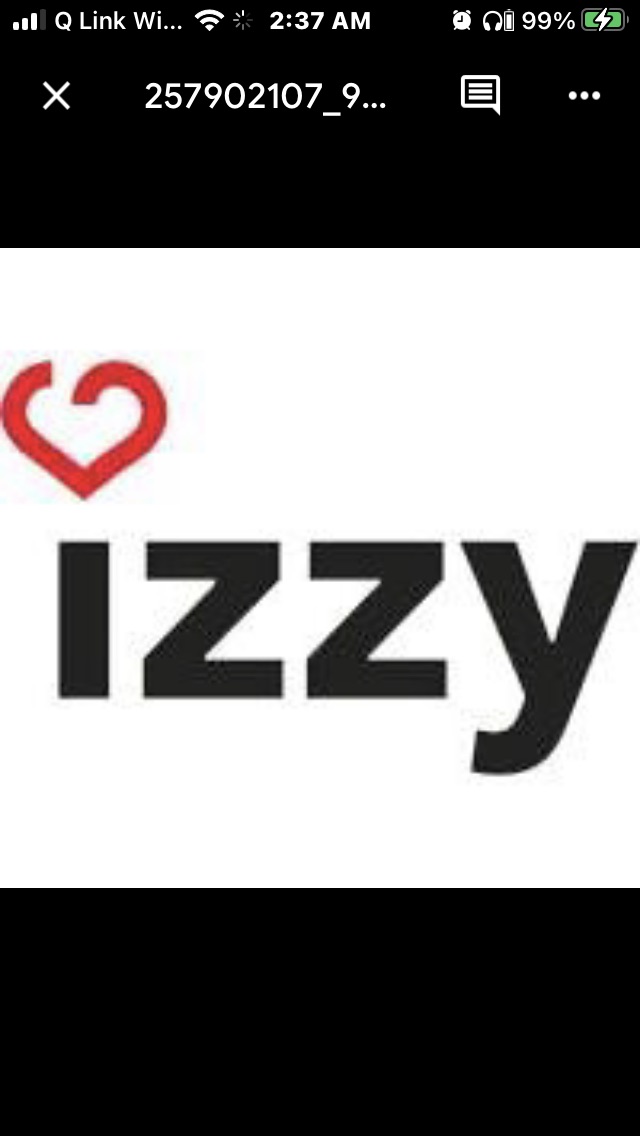creating-my-wellness-recovery-action-plan-wrap-how-can-i-help-you-help-me?
- Izzy Wilson of Appalachia!

- May 2, 2023
- 3 min read

Creating MY Wellness Recovery Action Plan (WRAP): How Can I Help You Help Me?
By: Liz Wilson
When I did my training to become a Peer Support Specialist, I also took 20 hours of Wellness Recovery Action Plan (WRAP) Training. The idea behind a WRAP is to create a deeper understanding of when and how to help you. The key is YOU. Your normalcy, your manias, your depressions…WRAP is a written snapshot of how you look and act in all three states and can be tailored to fit anyone. It is the single most helpful tool I have found to assist others—especially loved ones—understand when my mood shifts. I will explain the components of WRAP and I strongly encourage each of you to formulate some type of WRAP for yourselves; all my support people and mental health team members have copies of this brief, but detailed document.
1) My wellness toolbox: This is a section for you to create your own set of ideal de-stressors, supporters, barrier crushers and nurturing activities that help you stay in recovery. Sidebar: Recovery is an ongoing, ever-changing and dynamic process (I update my WRAP bi-annually).
EXAMPLES OF TOOLBOX ENTRIES FROM MY WRAP. Write, call hotline, check in with supporters, exercise, draw/color, hike, clean, write letteras, mindfulness/meditation, DBT skills work, medications as directed….
2) My Daily Maintenance Plan:
-What I look like when I am well. This is another bulleted list; one that describes my behaviors when I am well. Examples include: Good hygiene, make up, hair done, dress well, wear jewelry, positive demeanor, funny, optimistic, curious, supportive, altruistic and take a lot of pictures.
-My Essential Daily Routines. Things I should do daily that help keep me focused on recovery and strong in my recovery. Mine are: human touch/affection, eat breakfast and lunch, journal/mindfulness, medication, outside time, play/laugh/enjoy something/s, work (be it cleaning, writing, volunteering or traditional work).
-Checklist of “Might need to do’s.” spend extra time with support people, call someone to avoid isolating, sleep, pet an animal, housework, alone time, plan something fun, bubble bath and long walks.
3) My triggers for relapse: Triggers are things that cause you to become overstimulated, have mood changes, stress you out, etc. Some triggers for me are anniversaries of deaths, unrelenting stress, overstimulation, trauma, hungry/angry/lonely/tired times, not taking meds, doing street drugs, too much time alone, criticism, $ stress, physical illness and real or imagined abandonment.
-Early warning signs in me. Examples: anxiety, more than three sad days, letting hygiene slip, not playing, not writing, no libido, slowed down/sped up, irrational/paranoid/delusional thoughts/verbiage, crying, shoplifting, isolating, impulsive behaviors where money or sex are concerned, secrets, abandonment and drug cravings.
-Things I could or Must do. Daily Maintenance Plan, talk to support people, ride horses or run/hike, self-help meetings (NAMI’s rock), ask for help with basics….
– When things are breaking down I: feel overtired/oversensitive, I have irrational responses, I become needy, negativity, disassociation, hallucinating, smoking more frequently, self-harm, substance abuse or breaking laws.
Crisis Planning: —–HERE MY DIRECTIVE LISTS APPROPRIATE RESPONSES FOR LOVED ONES such as call my mental health team, my supporters, begin 24 hour surveillance of me, get me 3-7 days off work, Daily Maintenance Plan, get me a med check, etc.—–It also lists things not to do (e.g. do not restrain me, do not give me certain medicines, yell at me or give me decision making tasks).
4) Contact/Responsibility list: My list has a lot of entries because I want to spread the responsibilities—practical and emotional—around.
EXAMPLE:
1. Persons name- Call Doctor if I cannot be persuaded to- (Contact number)
2. “ “- 24 hour observation/stay with me- (Contact number)
3. Etc.
NOTE: The final section should be an explanation of how supporters will know you are out of crisis (return home, able to care for self, after X # of days after med adjusts….) and when you can resume responsibilities.
TIPS:
–Have people you know and trust help you describe what you do when you are well, in crisis and ill. Often th3ey see things we don’t.
–Construct it when you are not in an excessively elevated or decreased mood state. Do not construct during a mania or depression unless you have many people—including physicians— involved, as your mood state will affect the clarity of your thinking.
–Be honest with yourself.
–Know that it can/should be updated regularly, especially if contacts/mental health team or other factors change.
–Share it with people you live with and your mental health team.
–Remember that this is your plan! Insight from others is helpful, but you are the best judge of what you feel and what treatments you would like during crisis.
Finally, if you are a book-ie who loves minutia (or know someone who does that you can enlist to help) or if you just want a better understanding that this blog gives…please visit http://mentalhealthrecovery.com/wrap-is/which is authored and run by the creators.
Comments